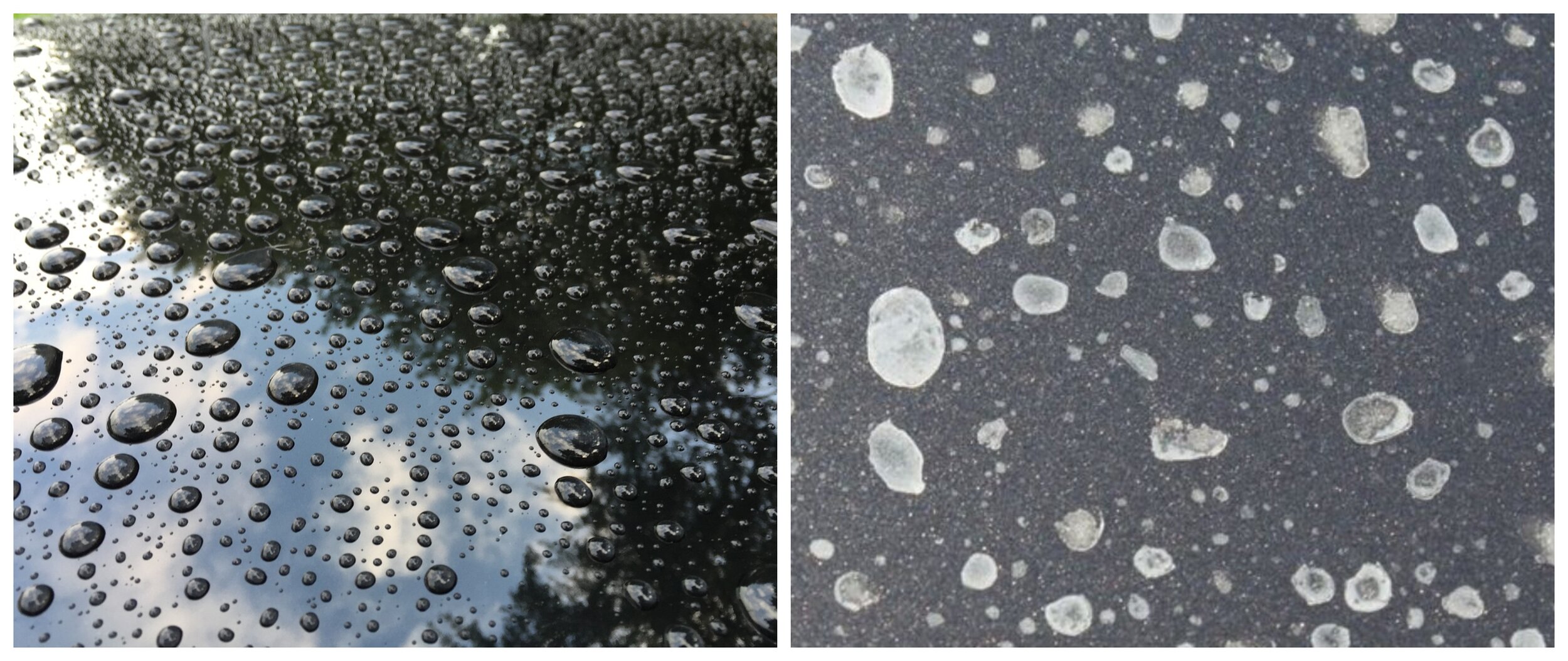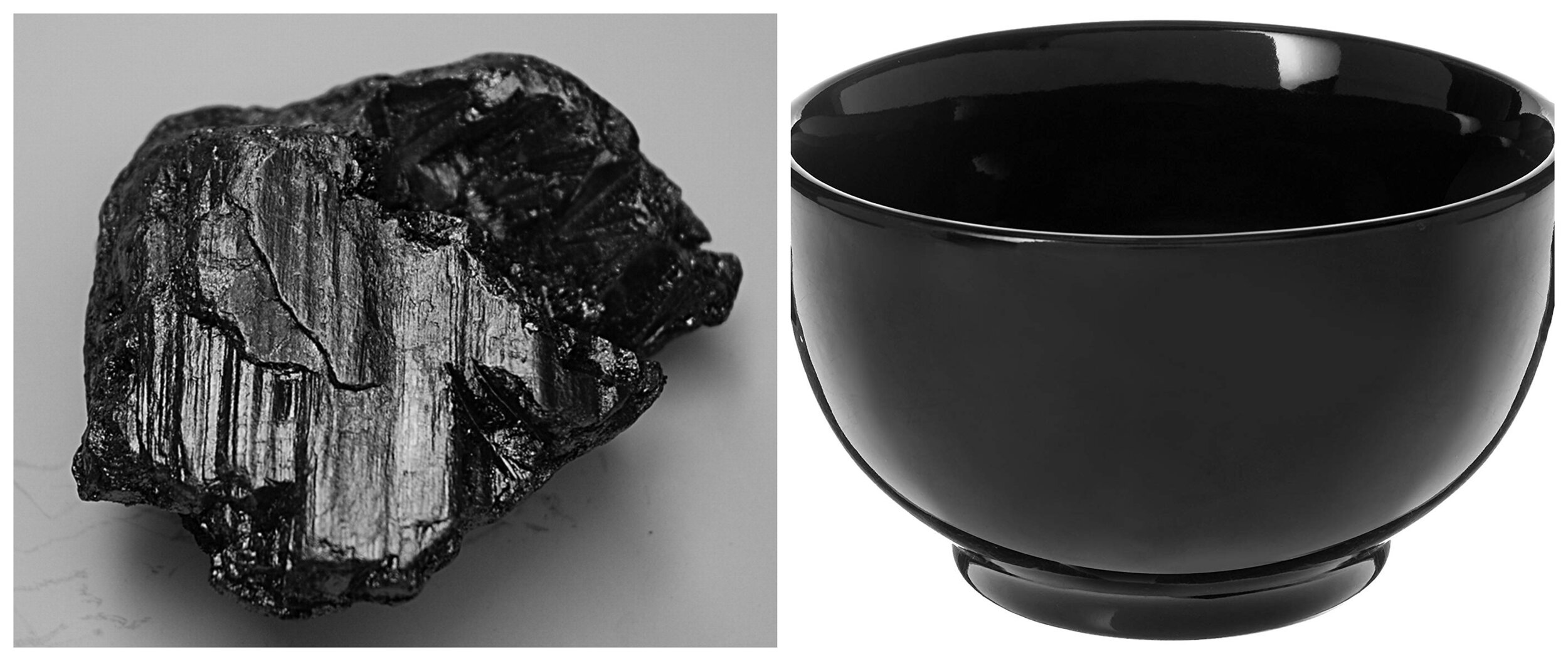Graphene Paint Coatings And How They Are Superior To Ceramic Coatings
Today we are going to talk about a new product on the market called Graphene. I am happy to announce that I, The Detail Queen am the first Authorized Installer of SPS Graphene Paint Coatings in Denver, Colorado. Graphene is the next level of automotive paint coatings. Ceramic coatings have been on the market for a while, and there are a variety of products out there with varying protective properties. But graphene caught my attention due to the science behind it. I am a facts girl. It is difficult to argue with hard scientific based research and facts.
Graphene is a carbon-based nanomaterial which gained a huge amount of attention among researchers after was discovered in 2004. The early uses of graphene were mostly industrial purposes to protect against corrosion. Professor Andre Geim and Professor Konstantin Novoselov were awarded the Nobel Prize in Physics in 2010 for the discovery of graphene. Yes, The Detail Queen is the first in Colorado to offer an automotive paint protection product to consumers which is backed by a Nobel Prize!
Graphene is widely known as a one-atom-thick two-dimensional sheet of carbon that is tightly packed into honey-comb like lattice as illustrated below. In simple terms, graphene can be described as a single layer of graphite. That’s it. A single layer of the mineral you are familiar with called graphite. Graphite before converted graphene is a soft, flexible, extremely heat resistant mineral. Once converted, graphene becomes the thinnest, and the strongest material in the world, yet it is flexible which makes it a great addition to the automotive paint coating industry.
Structure of graphene
So what makes graphene coatings better than ceramic coatings? Graphene actually reduces heat on the surface of your paint, so that water spotting is much less likely, when compared to ceramic coatings. A major complaint from consumers of ceramic coatings is the water spots left behind. You see all these videos of these amazing water beads that sit on the surface of your paint. Well if you aren’t driving, those water beads are going to continue to sit on the surface of your paint. Ceramic based coatings actually retain heat, so any water that remains on the surface, will become a durable, mineral loaded water spot. These water spots will etch themselves into the coating, and eventually into your paint that you spent so much money getting polished before your coating.
Ceramic coating installers focus so much on the water beading effect versus the water contact angle of the product they are applying. Beads are great until they dry on the surface.
Because of it’s honeycomb structure and chemical properties, Graphene has a very high water contact angle when compared to most coatings on the market. This means any moisture in any amount will slid off much easier, leaving a very low risk of any water evaporating on the surface and causing water spots. Removing water spots requires chemicals and abrasives that will compromise your ceramic coating, and often the area will need to be re-treated completely.
Another complaint I have heard from personal customers over the years in Colorado is how easily their coated cars collect dust. Because of it’s electrical and thermal conductivity properties, graphene can safely be advertised as “anti-static’ which will actually repel dust and other micro-particles.
As time goes on , especially if you drive your car daily in a variable climate like many of my customers, the ceramic coating starts to lose it’s shine and durability. What causes a ceramic coating to wear down? Improper installation is the first cause. Incorrectly prepped paint surfaces, as well as improper techniques while applying ceramic coatings will cause uneven surfaces which will allow contaminants to penetrate the surface of the coating more easily. Graphene is extremely easy to apply because it is a very stable compound, which means application error is next to zero.
Another cause of ceramic coat breakdown is simply daily exposure to water, solvents (car wash soap, any other chemicals you may use on your car, etc) and heat. As I mentioned above, ceramic coatings retain heat and when you mix heat and chemicals, you have a recipe for disaster against your glossy coating.
Abrasion is also a huge determining factor on how long your ceramic coating is going to last. Everything from high dusty winds, to bugs, to drying towels will slowly deplete the ceramic coating. Which will in turn, reduce the water beading ability of your coating and will leave your paint unprotected against harsh minerals in the water.
Because graphene is scientifically proven to be the strongest, thinnest material in the world, it is my first choice for protecting my investment against the elements. It is flexible and adaptable to its surroundings. The best way I explain this to my customers is to picture dropping a ceramic bowl versus a rock of graphite. On a microscopic level, which one would you rather have protecting the beautiful paint on your vehicle?




